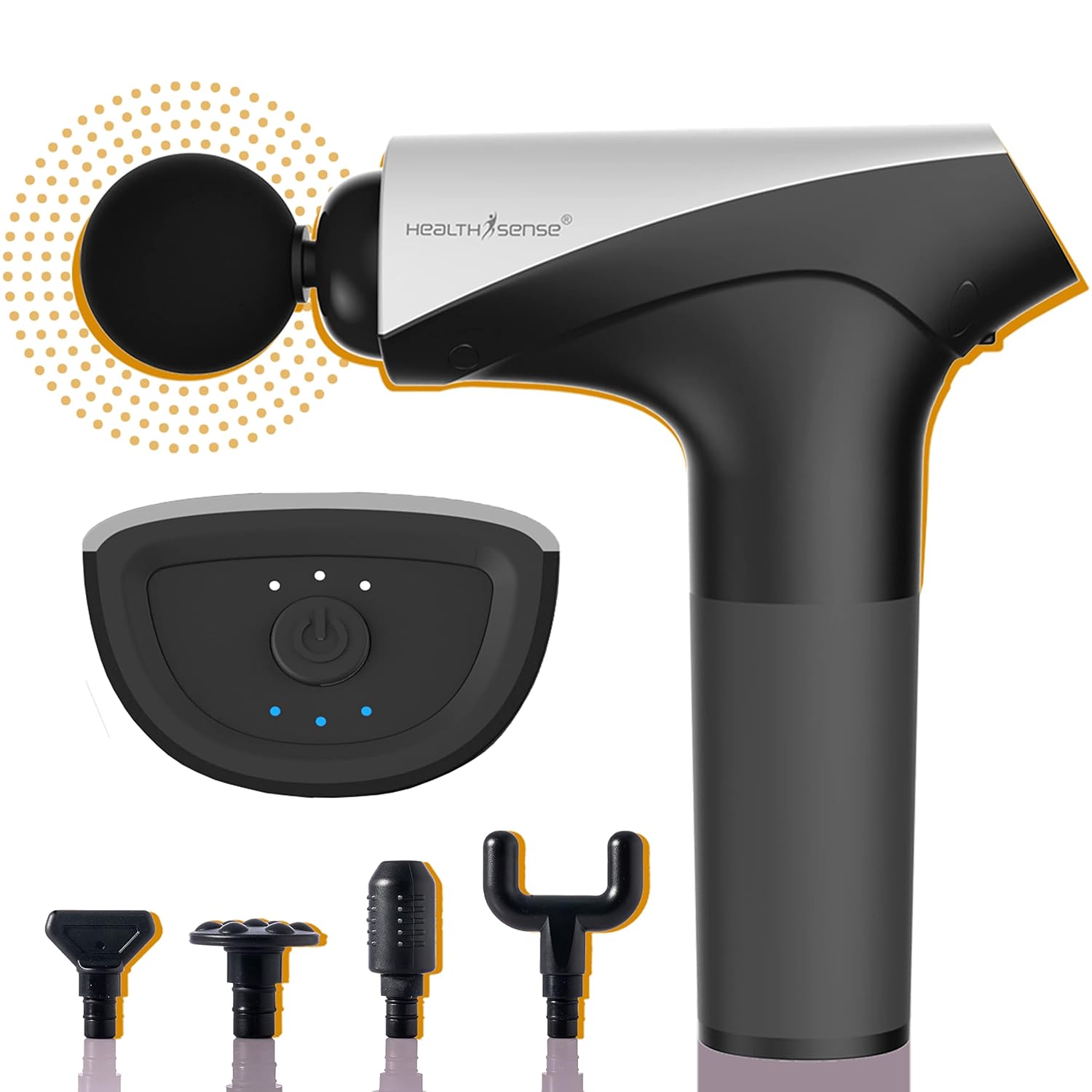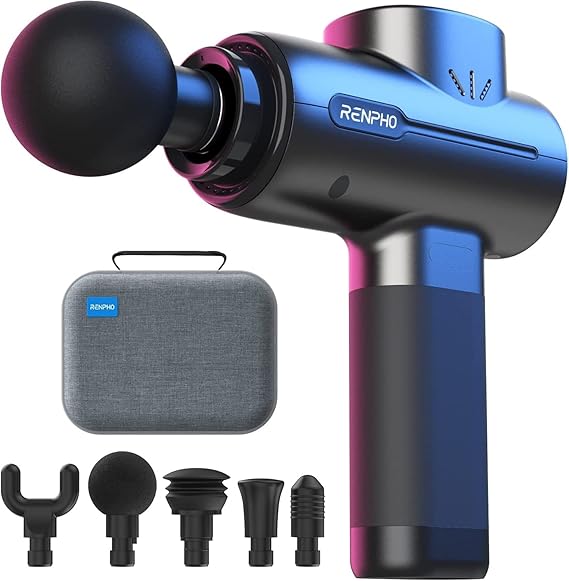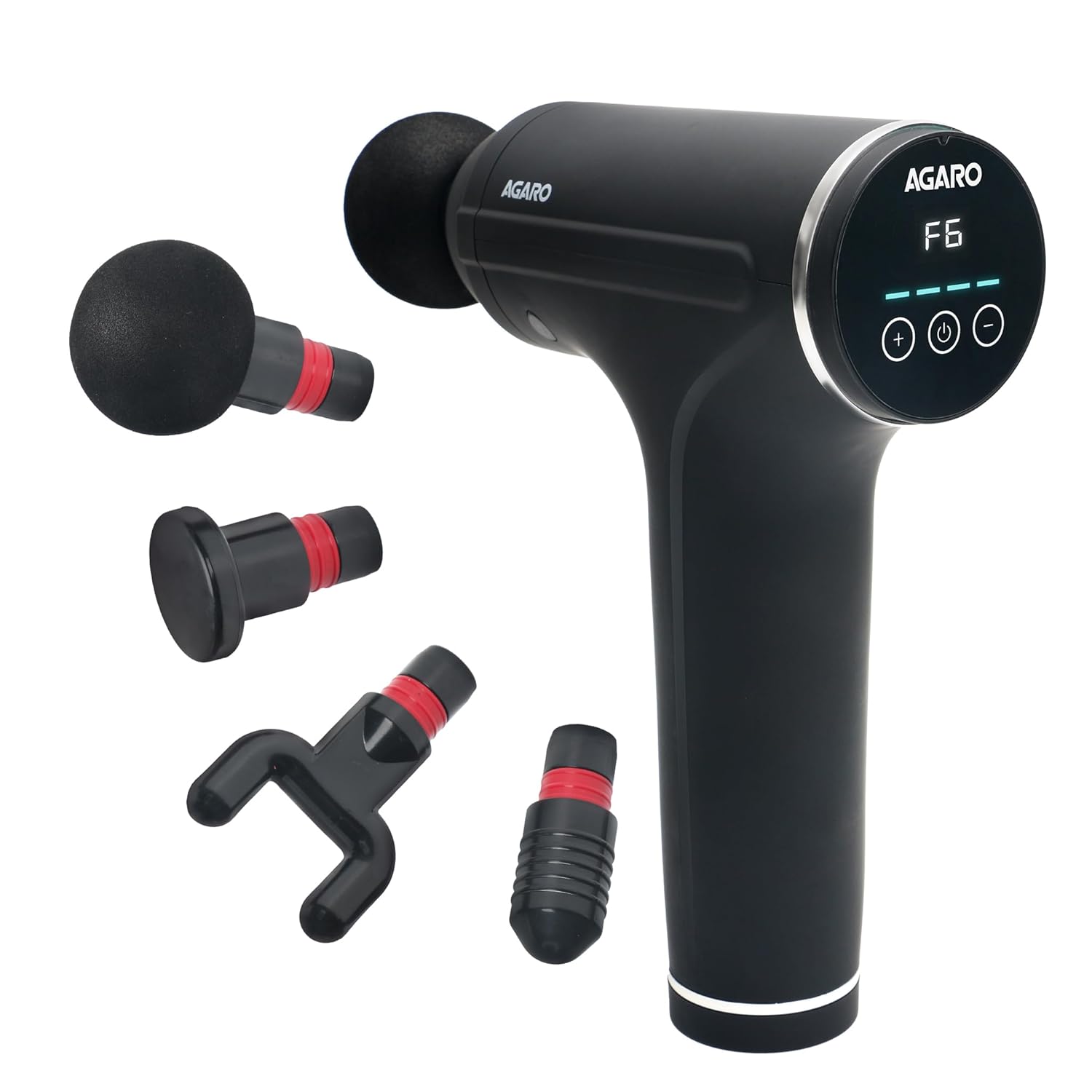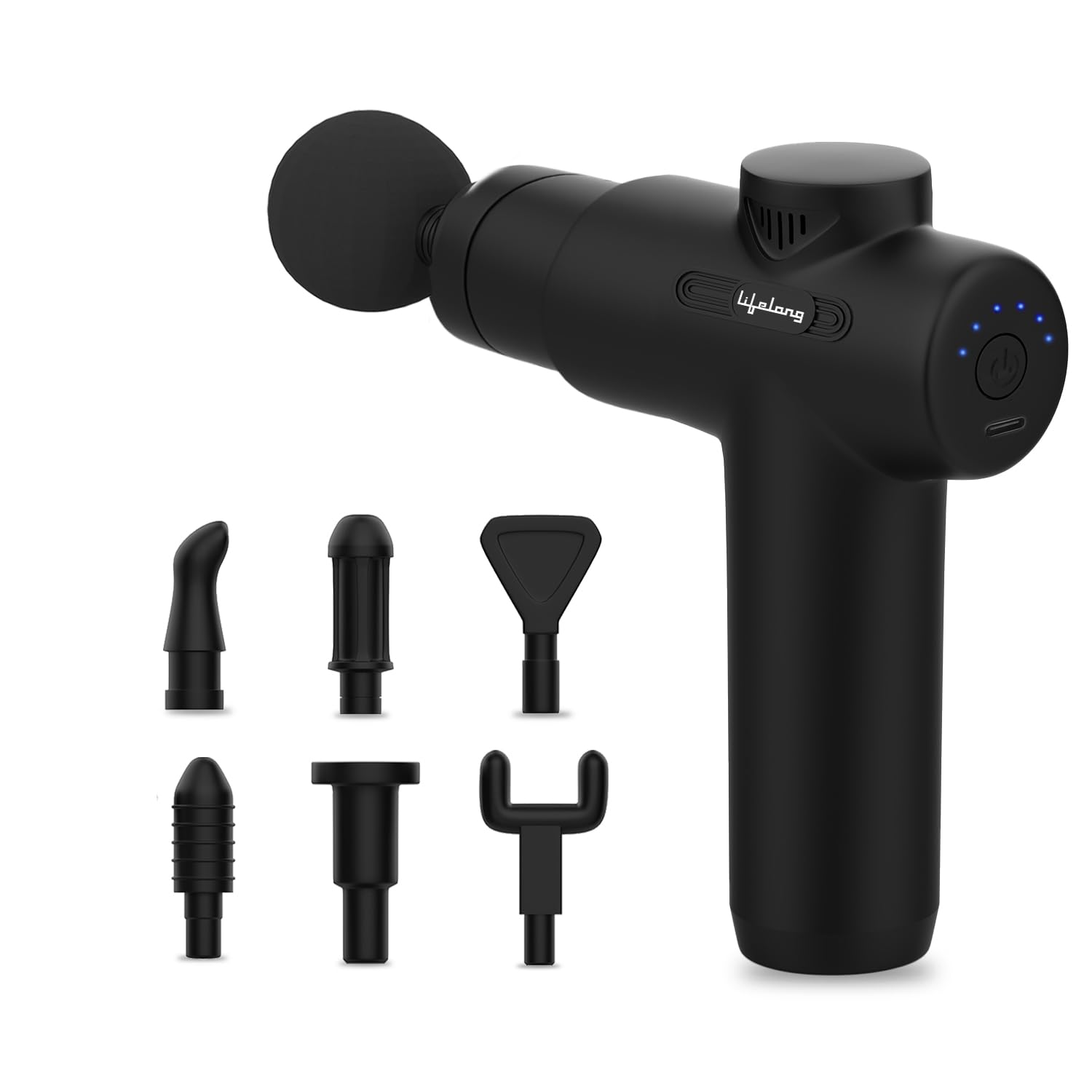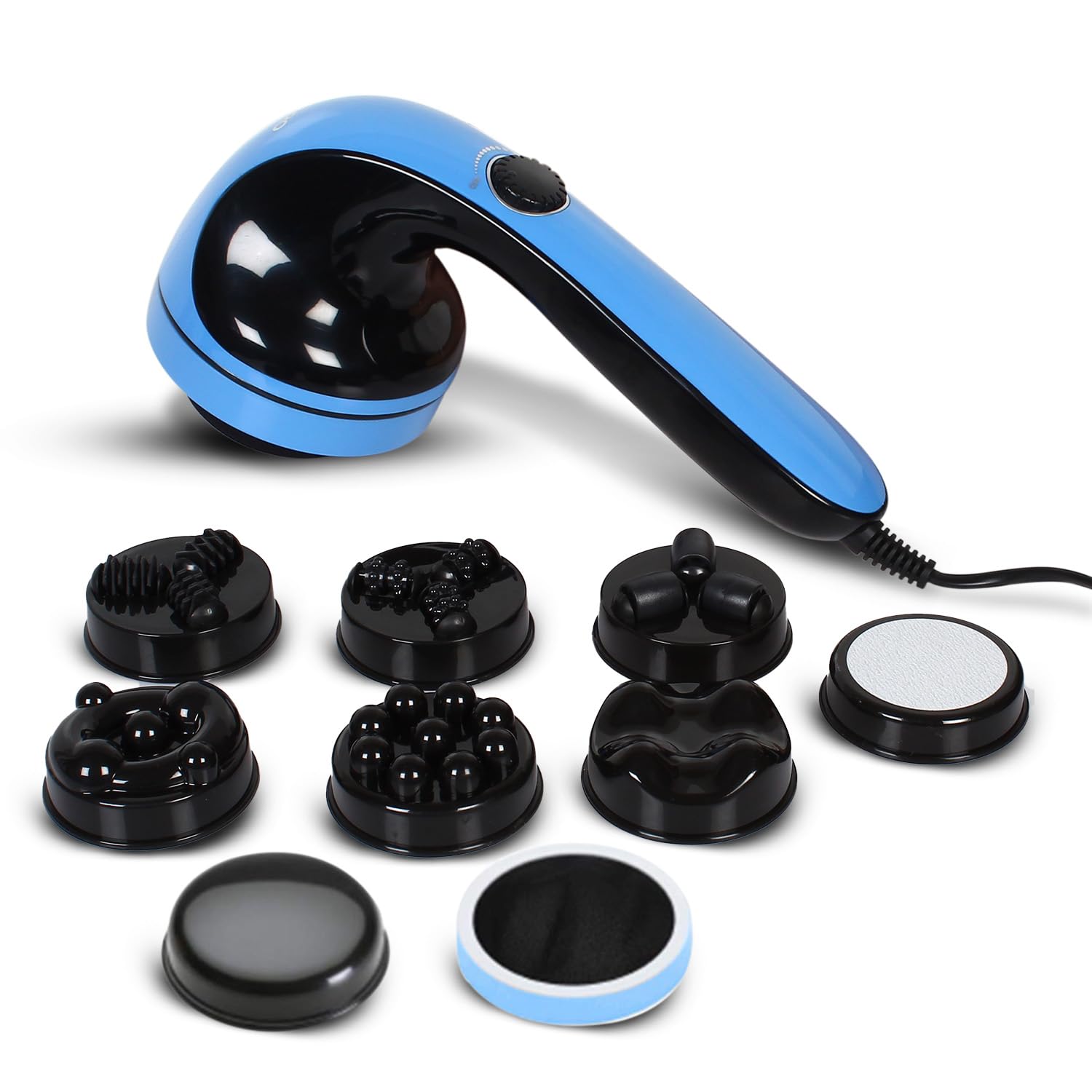Massage Gun – A Silent Relief for Mobility Challenge Person
By Anushikha Singhal
Living with Muscular Dystrophy for 10+ years
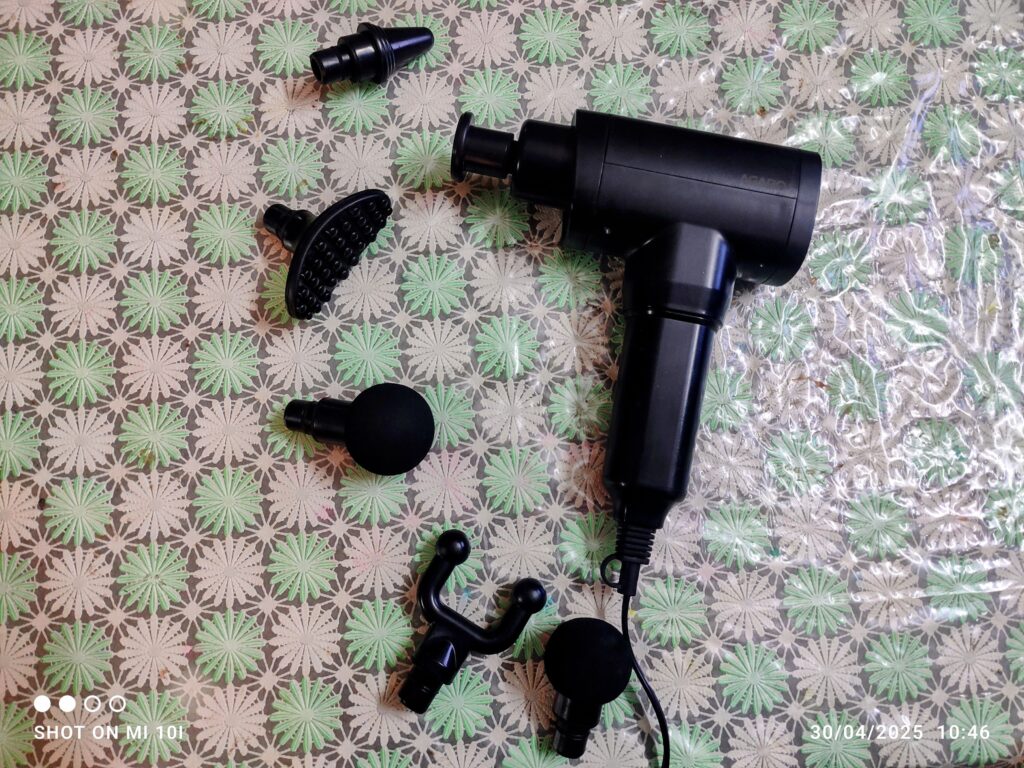
Table of Contents
What Is Massage Gun ?
Why I Need a Massage Gun ?
Living with Muscular Dystrophy (MD) means dealing with continuous muscle weakness, stiffness, and pain, especially after even light physical activity. Since I face mobility challenges, simple daily activities like brushing my hair or folding clothes can leave my arms and back sore.
That’s where a silent percussion massage gun comes in. It helps me relieve muscle stiffness without needing physical therapy every time.
Benefits of a Silent Percussion Massager
Pain Relief: Reduces soreness and stiffness
Improves Blood Flow: Especially important for low-mobility individuals
Easy to Use: One-hand operation with multiple heads
Low Noise: Doesn’t startle or disturb – perfect for sensitive environments
Compact: Some are lightweight enough for me to hold comfortably
How It Helps with My Daily Muscle Stiffness
My arms often feel tight, especially around the shoulders and upper back. I use a massage gun for 10 minutes daily, and it dramatically reduces muscle stiffness. The low-noise motor doesn’t trigger my sensory sensitivities either – which is a huge win!
Things to Consider Before Buying
If you’re like me, with limited upper body strength, consider these:
Weight of the massage gun (below 1.5 kg is ideal)
Handle grip – easy to hold or with an ergonomic handle
Noise level – should be under 50 dB
Battery life – so you don’t recharge often
Number of heads – choose according to the body area
5 Best Massage Guns for People with Muscle Weakness
Massage Gun Model | Weight | Heads Nos. | Battery Available | Features | Price Range | Buy Now |
|---|---|---|---|---|---|---|
Healthsense Massage Gun | 375 g | 5 | No | Compact & Affordable | 1500-2500 | |
RENPHO Massage Gun | 1.12 Kg | 5 | Yes - 2500 mAh | 5 Speeds 1800-3200 RPM, Low Noise 45 DB | 7000-8500 | |
Agaro Galaxy Massage Gun | 595 g | 4 | Yes -4000 mAh | 6 Speed Low to high, High Torque | 1000-2000 | |
Lifelong Massage Gun | 494 g | 7 | Yes | Affordable, 5 Speed | 800-1200 | |
Agaro Full Body Massager | 1176 g | 8 | No | Compact Handheld Design | 1200-2000 |
Note: All affiliate links help support my website at no extra cost to you.
Final Thoughts
If you or a loved one has muscular dystrophy, a silent massage gun can be a real game-changer. It’s not a cure, but it gives me relief, comfort, and some control over my pain – which matters more than you might think.
Don’t wait for the pain to get worse. Investing in the right massage gun is like giving your muscles a helping hand when they need it most.
FAQs
Q1: Can I use a massage gun daily if I have muscular dystrophy?
Yes, but start slowly. Use it once a day for 5–10 minutes per muscle group and always consult your doctor.
Q2: Are massage guns safe for sensitive skin?
Yes, but make sure to use the softest head and avoid using it on bones or joints.
Q3: Which massage gun is best for people with weak grip?
The RecoverFun Mini is lightweight and easy to hold with one hand.
Q4: Can it replace physiotherapy?
No. It’s a complementary tool, not a replacement for professional physiotherapy.
Q5: Are silent massage guns really quiet?
Yes, most operate between 40–50 dB, which is about the noise of a quiet room.

